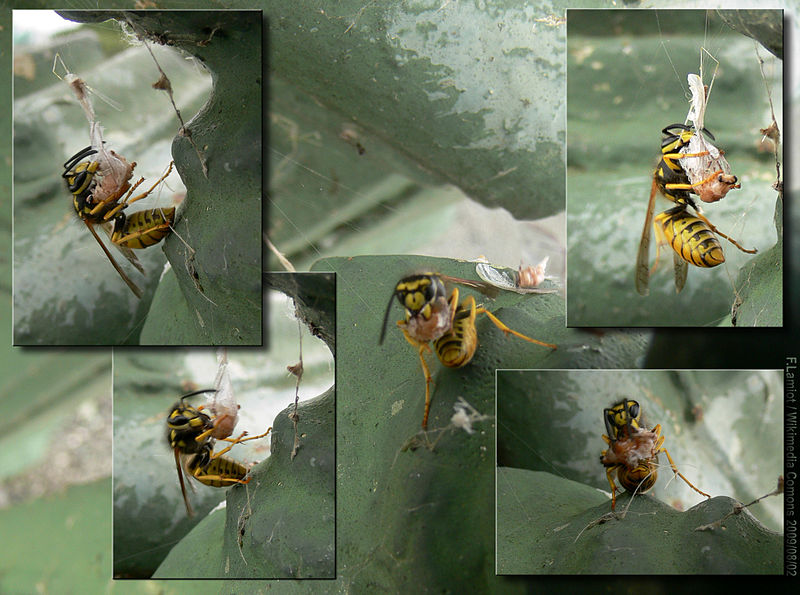City moths avoid the light
The globally increasing light pollution has negative effects on organisms and entire ecosystems. The consequences are especially hard on nocturnal insects, since their attraction to artificial light sources generally ends fatal. A new study now shows that urban moths have learned to avoid light.
https://www.sciencedaily.com/
Light pollution a reason for insect decline
Artificial lighting at night could be a reason for declining insect populations
Climate change, pesticides and land use changes alone cannot fully explain the decline in insect populations in Germany. Scientists have now discovered that regions that have experienced a sharp decline in flying insects also have high levels of light pollution. Many studies already suggest that artificial light at night has negative impacts on insects, and scientists should pay greater attention to this factor when exploring the causes of insect population declines in the future.
Four ways to curb light pollution, save bugs
Insects have experienced global declines. Flipping the switch can help
Artificial light at night negatively impacts thousands of species: beetles, moths, wasps and other insects that have evolved to use light levels as cues for courtship, foraging and navigation. Scientists reviewed 229 studies to document the myriad ways that light alters the living environment such that insects are unable to carry out crucial biological functions.
Light Pollution Is a Driver of Insect Declines
Insects around the world are rapidly declining.
Concerns over what this loss means for food security and ecological communities have compelled a growing number of researchers to search for the key drivers behind the decline.
Habitat loss, pesticide use, invasive species, and climate change all have likely played a role, but we posit here that artificial light at night (ALAN) is another important — but often overlooked — bringer of the insect apocalypse.
We first discuss the history and extent of ALAN, and then present evidence that ALAN has led to insect declines through its interference with the development, movement, foraging, and reproductive success of diverse insect species, as well as its positive effect on insectivore predation.
We conclude with a discussion of how artificial lights can be tuned to reduce their impacts on vulnerable populations. ALAN is unique among anthropogenic habitat disturbances in that it is fairly easy to ameliorate, and leaves behind no residual effects. Greater recognition of the ways in which ALAN impacts insects can help conservationists reduce or eliminate one of the major drivers of insect declines.

Example of enviromental impact of “light pollution” on some insects of the Loire River (which is often described as the last wild river in France). More lights are close to the center of the Loire (on the bridge that crosses it at right angles), the more lights attract insects at night just emerging from the water (rem: Some of these insects (Trichoptera sp., Plecoptera sp. including Ephemeroptera) are regarded as “bioindicators” indicating good water quality, and are rapidly declining in France since the early twentieth century).